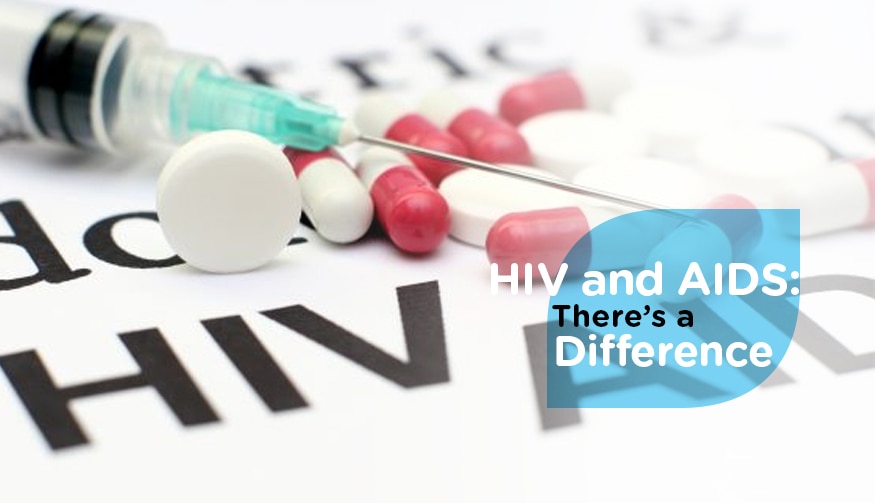HIV and AIDS are closely linked, but they are different. HIV is a virus that causes HIV infection. AIDS is a condition. Having an HIV infection does not mean a person has AIDS—this is an important distinction. However if left untreated, HIV infection typically progresses to AIDS in about 10 years.
HIV (human immunodeficiency virus) is a sexually transmitted infection, but it can also be transmitted through contact with infected blood or from mother to child during pregnancy, childbirth or breastfeeding. Once inside the body, the virus attacks the immune system. Flu-like symptoms develop about two to four weeks after transmission; this is the acute infection phase.
Acute symptoms include:
- Fever
- Headache
- Muscle aches and joint pain
- Rash
- Sore throat
- Swollen lymph glands, mainly on the neck.
In the early stages, the immune system is able to bring the HIV infection under control and the initial symptoms go away. This period of latency can last for years.
Without treatment, the HIV infection worsens progressively and becomes AIDS (acquired immunodeficiency syndrome). AIDS is a condition in which the immune system becomes so weak that it is no longer able to protect the body against infections. For a person with full-blown AIDS, even the most minor infection may be fatal.
The good news is that simple but accurate HIV diagnostic tests are now available. Moreover, a variety of anti-retroviral drugs have been developed to control the virus. A person with HIV who receives lifelong medication is usually able to lead a healthy life, and, in many cases, will never develop AIDS.
Product Recommendation:









